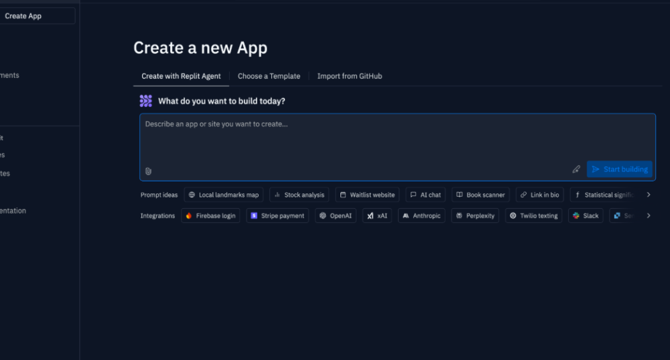Unite
3w
145

Image Credit: Unite
Vibe Coding: How AI is Changing Software Development Forever
- Vibe coding is a new approach in software development where AI helps write code based on human instructions, allowing developers to focus on ideas rather than syntax.
- This concept emerged alongside advancements in large language models like OpenAI’s ChatGPT and GitHub’s Copilot, with the latter reducing coding time for teams by about 50%.
- Vibe coding accelerates development, lowers barriers to entry for programming, and allows developers to focus on problem-solving and design.
- Tools like Replit, Cursor, Lovable, and Windsurf are leading the wave of AI-powered development environments catering to vibe coding.
- The impact of vibe coding includes increased productivity, quicker innovation, and a shift in coding culture towards problem-solving and design.
- Vibe coding is making software development more accessible to non-engineers, democratizing coding and enabling broader participation in software creation.
- Challenges include concerns about code quality, correctness, trust, oversight, ethical issues, erosion of programming expertise, and dependence on AI.
- Vibe coding represents a significant shift in software development, revolutionizing coding culture and raising questions about the future of coding and AI collaboration.
- The tech community must navigate responsibly through the rise of vibe coding, ensuring best practices to mitigate risks and embrace the evolution in software creation.
- Vibe coding is changing the game in software development by allowing anyone with an idea to build software through natural conversation with AI assistance.
- The future will see how vibe coding tools mature to address controversies and assist users in learning and verifying the code being generated, shaping the next era of software development.
Read Full Article
8 Likes
For uninterrupted reading, download the app